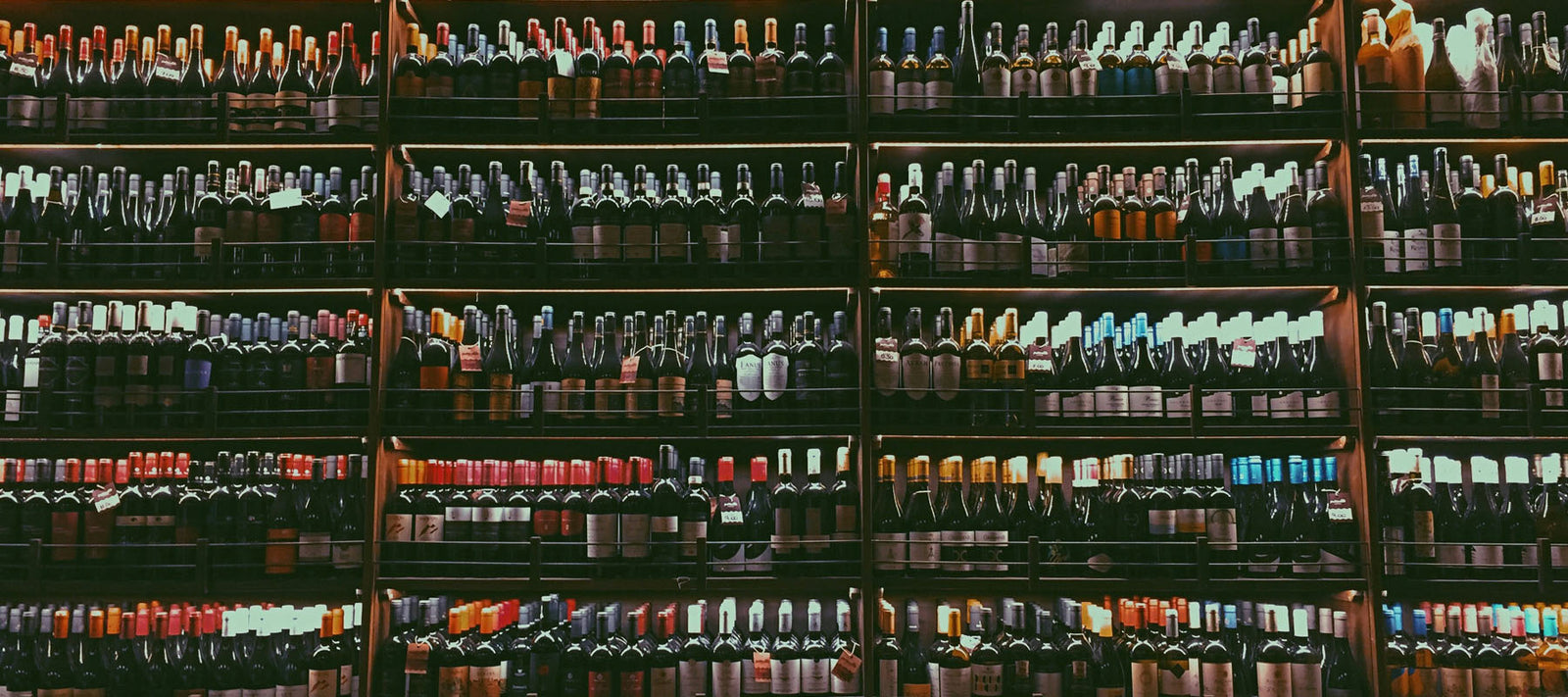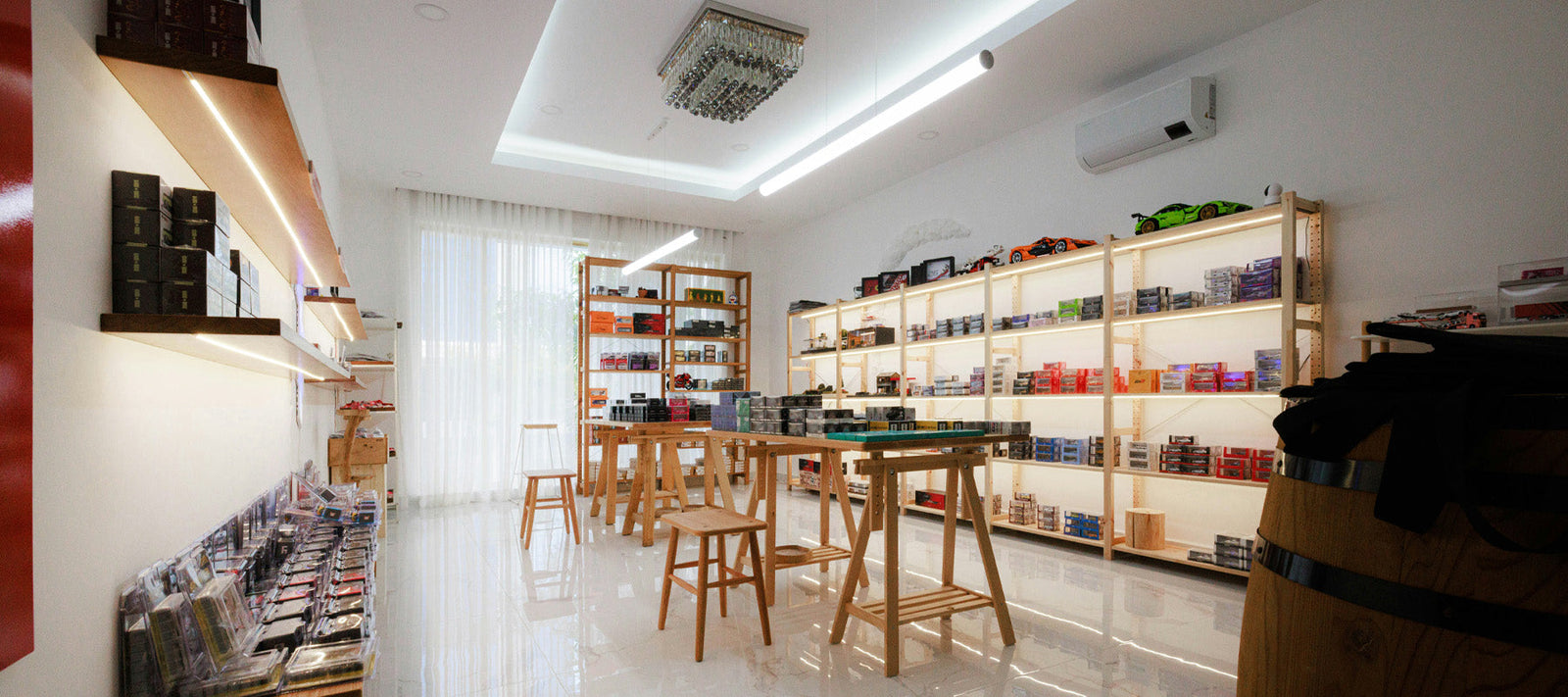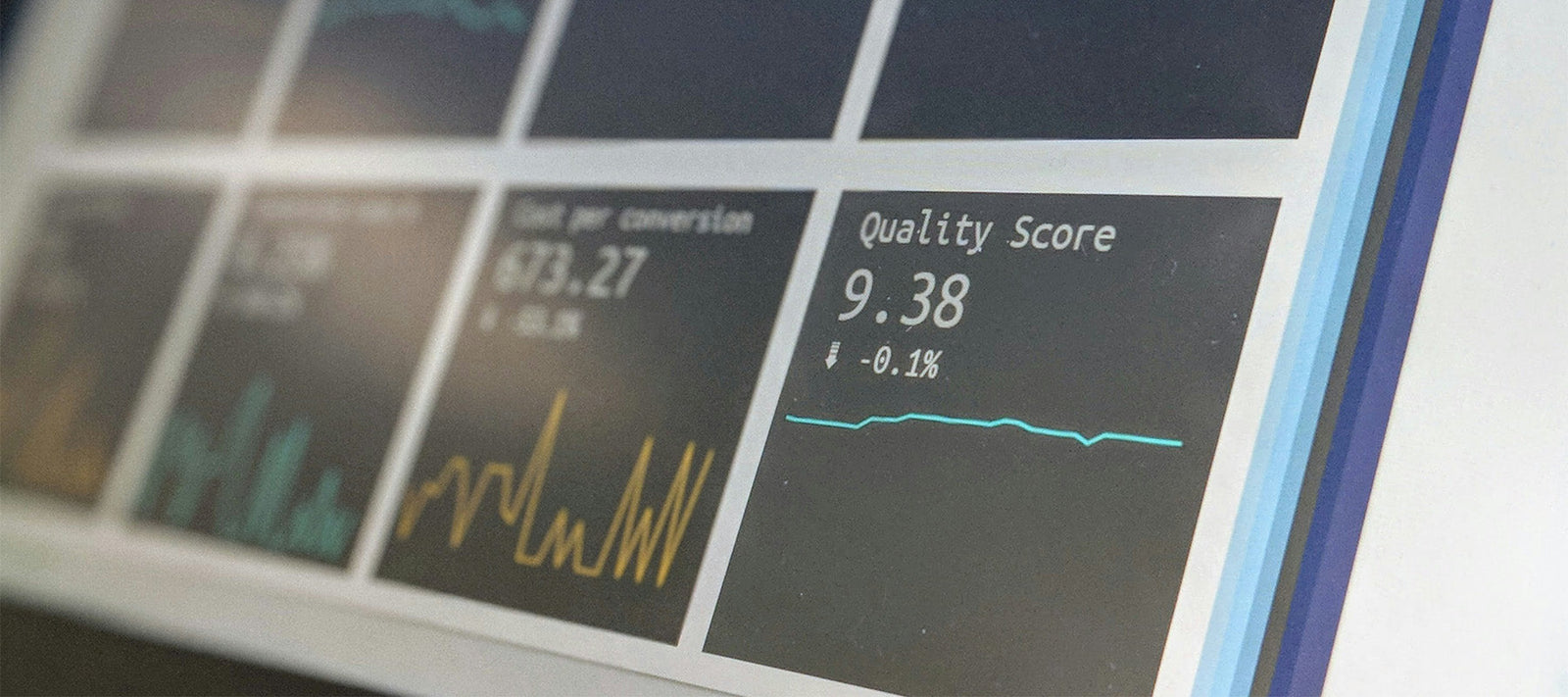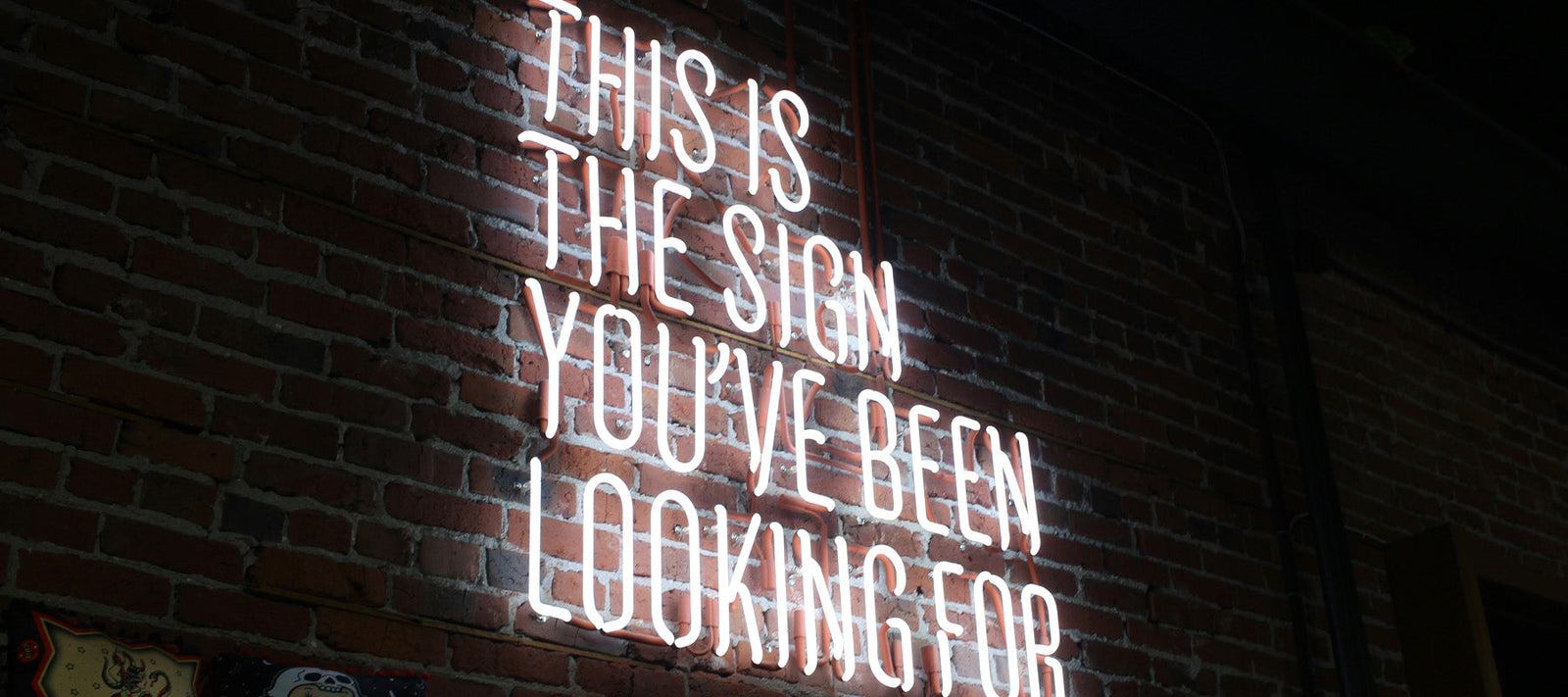Impulse buying is a fascinating consumer behaviour that retailers can strategically tap into for increased sales. While impulse purchases may seem spontaneous, they are often the result of carefully curated store designs, subtle psychological cues, and strategic product placement. By understanding the psychology behind impulse buys, retailers can create spaces that effectively encourage shoppers to make unplanned purchases.
This article explores the psychology of impulse buying and offers actionable tips for designing spaces that convert browsers into buyers. From sensory triggers to effective product placement, discover how to optimise your retail space for maximum sales impact.
1. What Are Impulse Buys?
Impulse buys refer to unplanned purchases made by customers, often influenced by emotions, immediate gratification, or external triggers within the store environment. These purchases can range from small items like snacks and magazines to larger, indulgent products.
Key Characteristics of Impulse Buys:
- Emotional Decision-Making: Impulse purchases are often driven by emotions like excitement, desire, or even stress.
- Low Involvement: These purchases usually involve little deliberation, as they don’t require significant financial or emotional investment.
- Proximity to Checkout: Many impulse buys occur near checkout counters, where customers are primed to make last-minute decisions.
2. The Psychology Behind Impulse Buys
To design spaces that encourage impulse buying, it’s essential to understand the psychological factors at play. Here are the key drivers:
A. The Pleasure Principle
Impulse buying often provides instant gratification, triggering a release of dopamine in the brain. Customers are more likely to indulge in small luxuries or treats when they feel a sense of reward.
B. Scarcity and Urgency
Words like “limited time,” “last chance,” or “only a few left” tap into the fear of missing out (FOMO). This sense of urgency can drive customers to act quickly and make unplanned purchases.
C. Visual Appeal
Eye-catching displays, vibrant colorus, and attractive packaging grab attention and create a sense of desire. When products are visually appealing, customers are more likely to make impulse purchases.
D. The Power of Convenience
Items that are easily accessible, especially near checkout areas, are more likely to be picked up. Convenience plays a significant role in lowering the barriers to purchase.
E. Emotional Triggers
Certain products evoke emotional responses—nostalgia, happiness, or curiosity—that prompt customers to buy on impulse. Retailers can use storytelling and relatable branding to strengthen this emotional connection.
3. Designing Spaces That Drive Impulse Buys
A. Create Hot Spots for Impulse Purchases
Hot spots are strategically placed areas within your store that encourage impulse buying. These include:
- Checkout Counters: Stock small, affordable items like snacks, travel-sized products, or seasonal trinkets.
- Entryways: Place visually striking displays near the entrance to immediately engage customers.
- Aisle End Caps: Use the ends of aisles to showcase promotions, bundles, or high-margin items.
B. Leverage Product Placement
Where products are placed can significantly influence customer behaviour. Consider these strategies:
- Eye Level is Buy Level: Place impulse-buy products at eye level for maximum visibility.
- Create a Journey: Arrange products in a way that leads customers through the store, exposing them to potential impulse purchases along the way.
- Group Complementary Items: Bundle items that pair well together, such as a scented candle displayed alongside matches and decorative holders.
C. Use Color and Lighting Strategically
- Warm Colours: Red and orange create urgency and excitement, ideal for sale items or promotional displays.
- Bright Lighting: Highlight impulse-buy sections with focused, bright lighting to draw attention and create a sense of importance.
- Soft Lighting: Use ambient lighting in other areas to make the shopping experience more relaxing and enjoyable.
D. Offer Small Luxuries
Impulse buys are often low-cost, high-gratification items. Stock items that:
- Feel Like a Treat: Chocolates, beauty samples, or fun gadgets work well.
- Have Unique Appeal: Quirky, seasonal, or limited-edition products catch customers’ attention.
E. Encourage “Add-Ons”
Encourage customers to buy complementary or add-on items by:
- Cross-Merchandising: Place related products together. For example, display socks near shoes or mixers near alcoholic beverages.
- Incentives: Use signage like “Buy 1 Get 1 Free” or “Save $5 When You Add This Item” to nudge customers toward additional purchases.
4. Sensory Triggers: Engaging the Five Senses
Retail environments that engage multiple senses can significantly increase impulse purchases. Here’s how to incorporate sensory triggers:
Sight
- Use visually appealing displays with bold colours and creative arrangements.
- Incorporate digital screens for dynamic, changing content that captures attention.
Sound
- Play music that aligns with your brand and influences mood. Upbeat music can encourage faster shopping and impulse purchases, while slower music promotes browsing.
Smell
- Use scents to evoke positive emotions and memories. For example, a bakery could use the aroma of fresh bread to attract customers, while a luxury store might use subtle floral scents.
Touch
- Encourage customers to interact with products by creating hands-on displays. For example, allow customers to sample skincare products or test gadgets.
Taste
- Offer free samples of food or beverages to engage customers and tempt them into buying. Sampling also creates a sense of reciprocity, increasing the likelihood of a purchase.
5. Utilising Technology to Boost Impulse Buys
Technology can amplify your efforts to encourage impulse purchases. Consider these tools:
Digital Signage
Dynamic digital displays can highlight promotions, flash sales, or seasonal products in real-time, capturing customer attention.
Mobile POS Systems
Equip staff with mobile POS systems to engage with customers anywhere in the store, making it easier to close sales on impulse items.
Interactive Displays
Interactive screens that offer product information, recommendations, or videos can draw customers in and create a sense of engagement.
Loyalty Apps and Notifications
Send personalised notifications or offers to customers’ smartphones as they browse your store, prompting them to consider additional purchases.
6. Psychological Pricing for Impulse Purchases
Price plays a critical role in impulse buying. Use these strategies to make pricing irresistible:
Odd Pricing
Prices ending in .99 or .95 create the perception of a bargain, making customers more likely to buy.
Bundling
Offer bundles like “Buy 2 for $10” to increase perceived value and encourage impulse buys.
Limited-Time Discounts
Highlight limited-time offers to create urgency and drive quick decision-making.
7. Case Studies: Retailers Who Nail Impulse Buying
Target
Target strategically places small, affordable items like travel-size toiletries, snacks, and seasonal gifts in its checkout aisles. These low-cost items cater to impulse buying while enhancing the overall shopping experience.
Sephora
Sephora’s “Beauty to Go” section near checkout is a masterclass in impulse buying. Featuring travel-sized beauty products and trendy accessories, this area invites customers to treat themselves with little effort.
IKEA
IKEA’s marketplace section is filled with small, affordable home goods strategically placed after customers have browsed larger furniture items. The setup ensures customers encounter countless impulse-buy opportunities before leaving the store.
8. Avoiding Overwhelm: Keeping Impulse Strategies Balanced
While encouraging impulse purchases is important, overdoing it can lead to a cluttered store and frustrated customers. Here’s how to strike a balance:
- Limit Hot Spots: Too many impulse-buy areas can overwhelm customers. Focus on strategic locations like checkout counters and entryways.
- Avoid Clutter: Keep displays neat and organised to maintain a pleasant shopping experience.
- Rotate Stock: Regularly update impulse-buy sections to keep them fresh and relevant.
9. Measuring Success and Refining Your Strategy
Evaluate the effectiveness of your impulse-buy strategies by tracking these metrics:
- Average Transaction Value (ATV): Monitor how often customers add impulse items to their purchases.
- Conversion Rates: Track the percentage of customers who buy items from impulse-buy areas.
- Customer Feedback: Use surveys or direct feedback to understand what’s working and what can be improved.
Impulse buying is a powerful force in retail, and understanding its psychology can help you design spaces that convert shoppers effectively. By leveraging visual merchandising, sensory triggers, strategic product placement, and technology, you can create an environment that encourages unplanned purchases while enhancing the overall shopping experience.
Remember, successful impulse-buy strategies strike a balance between subtlety and persuasion, ensuring your customers feel delighted rather than pressured. With thoughtful design and consistent refinement, your retail space can become a hub for both planned and spontaneous purchases.






